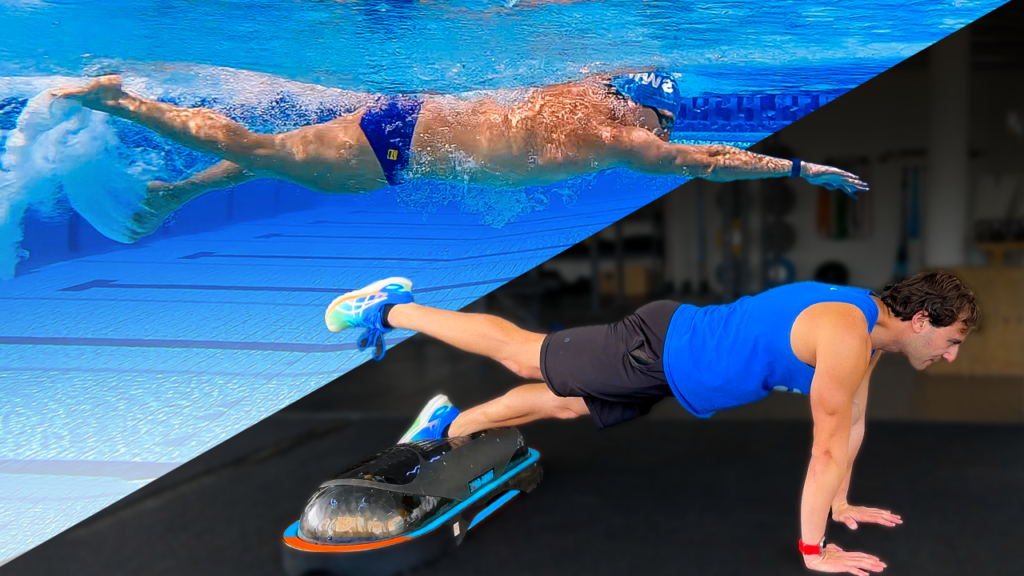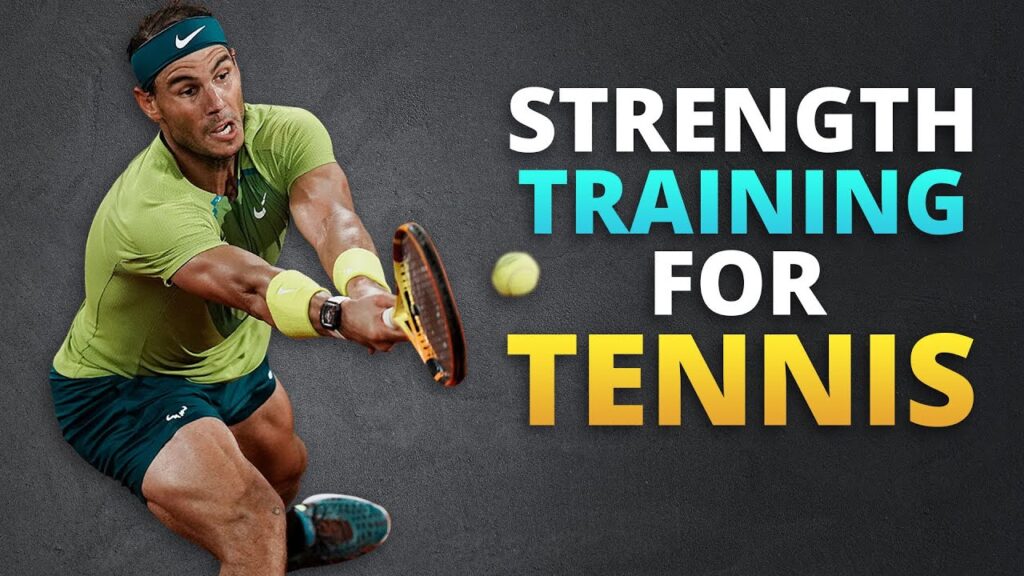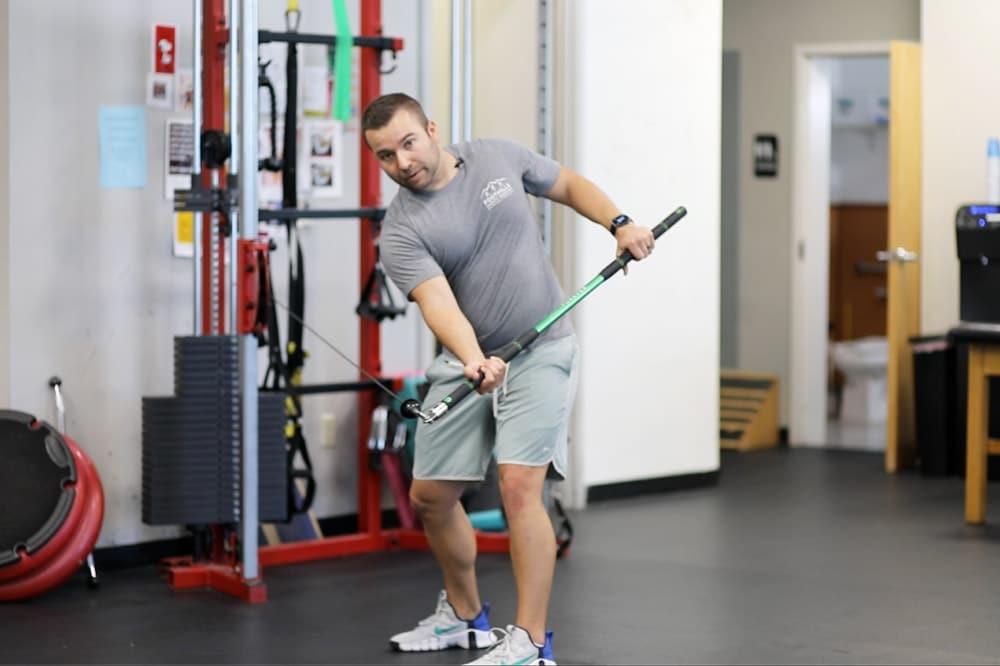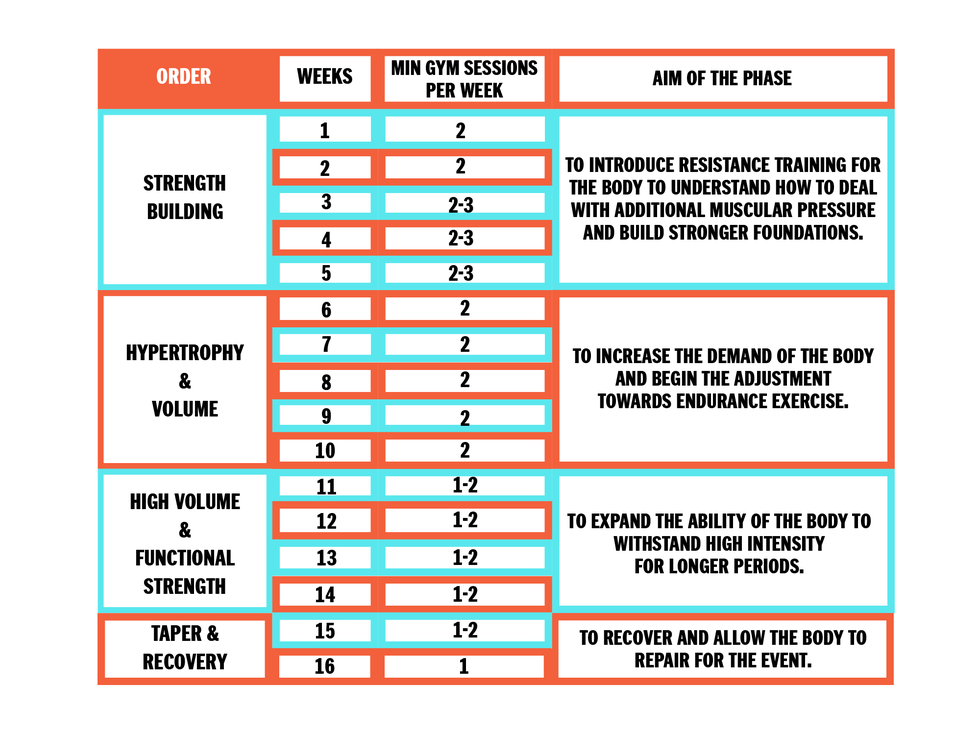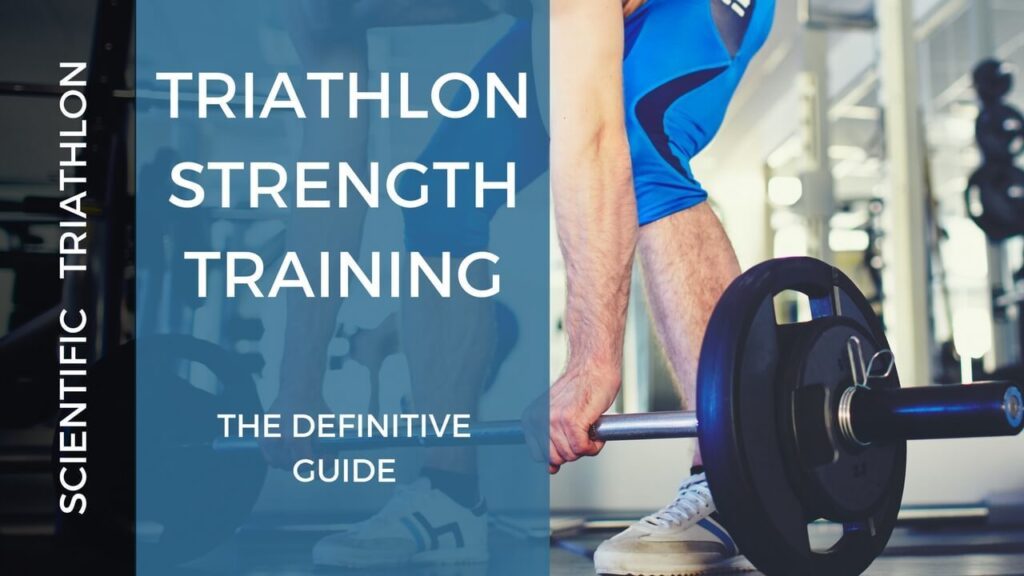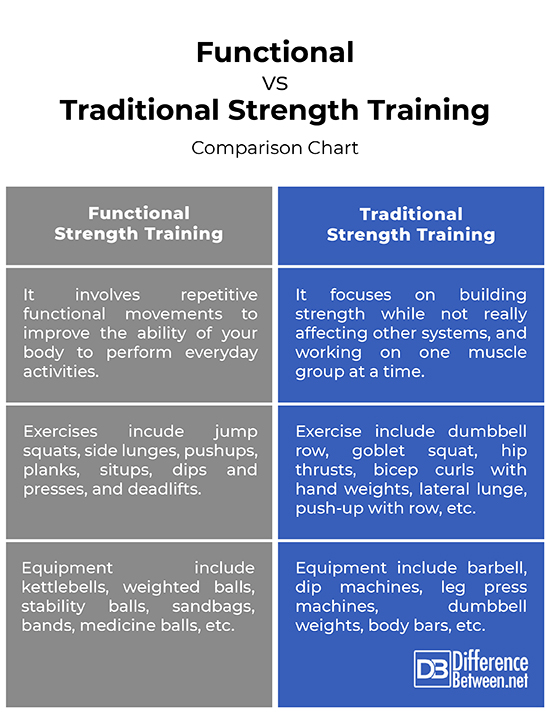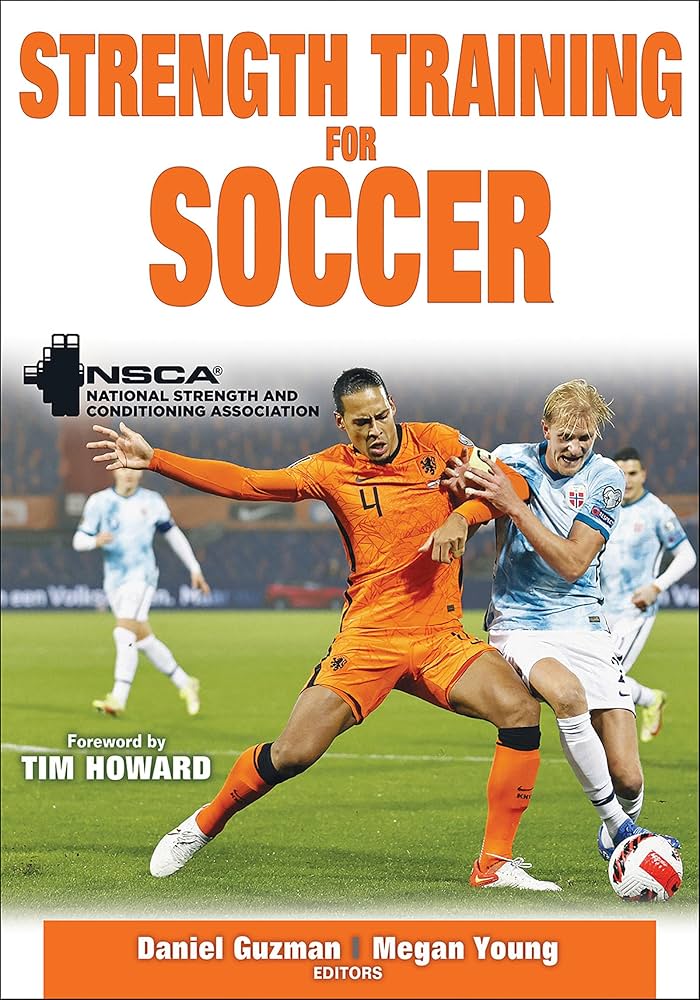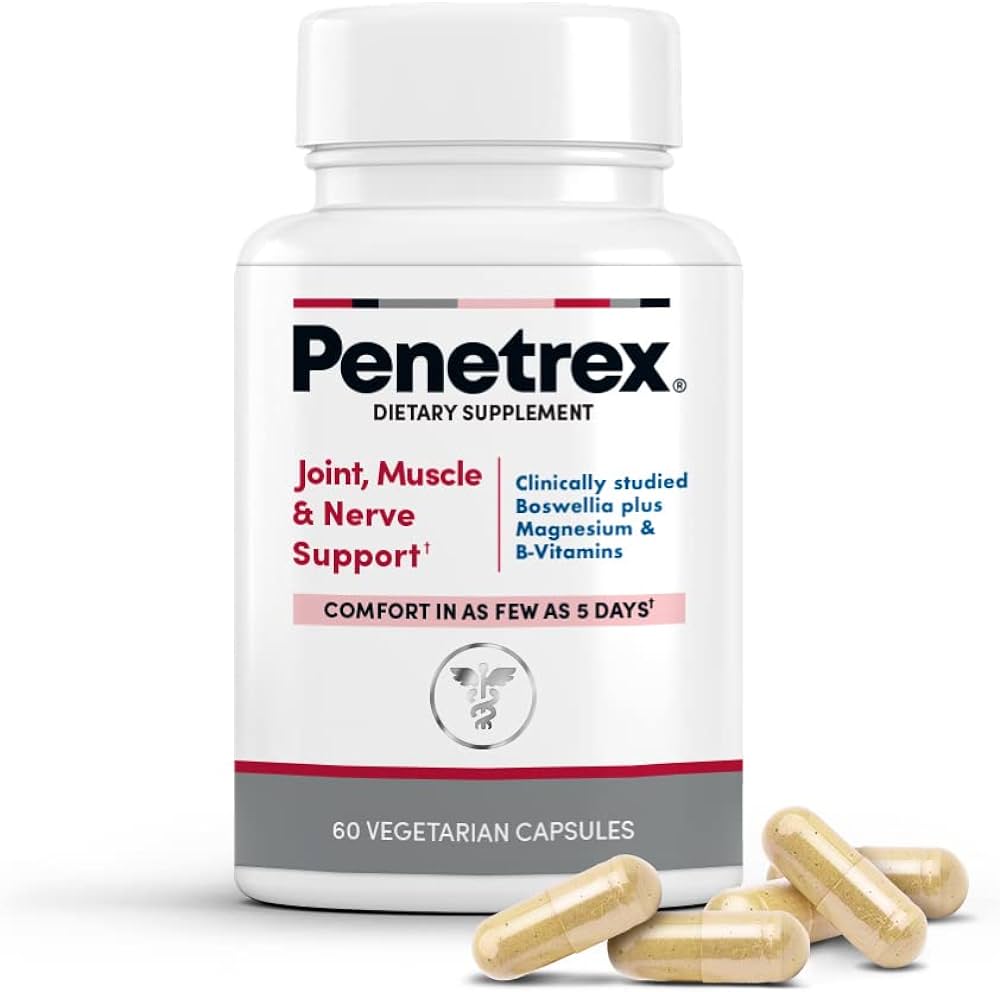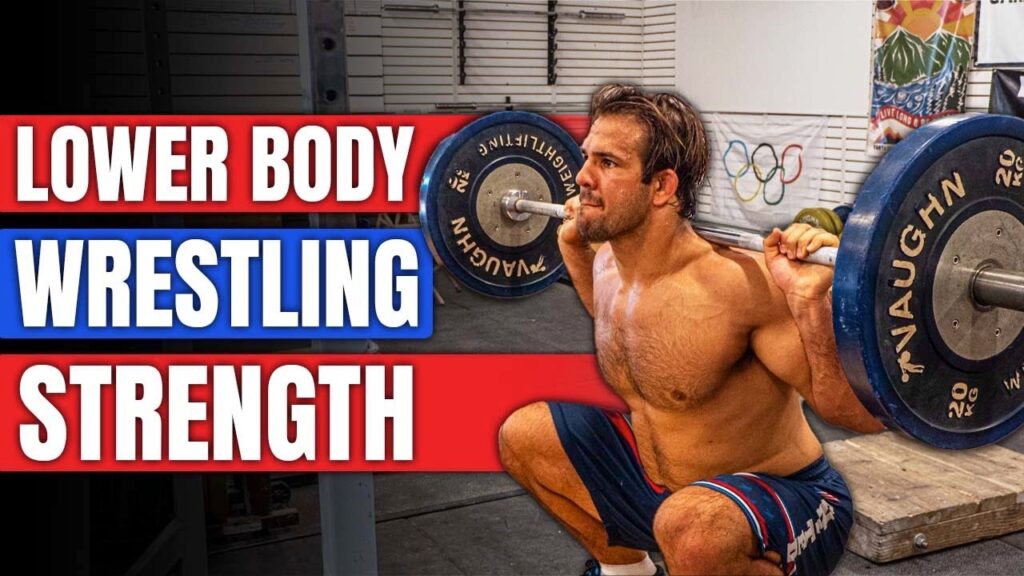Strength training for swimming enhances performance and reduces injury risk. It builds muscle strength, endurance, and improves stroke efficiency.
Strength training is essential for swimmers aiming to boost their performance in the water. By incorporating specific exercises, swimmers can develop stronger muscles, which directly translates to more powerful and efficient strokes. Strength training also helps in improving overall endurance, allowing swimmers to maintain their speed over longer distances.
Furthermore, a well-structured strength training program can significantly reduce the risk of injuries by stabilizing joints and improving flexibility. Including exercises like squats, deadlifts, and pull-ups can target key muscle groups used in swimming. Overall, strength training is a crucial component for any swimmer looking to enhance their capabilities and maintain peak physical condition.
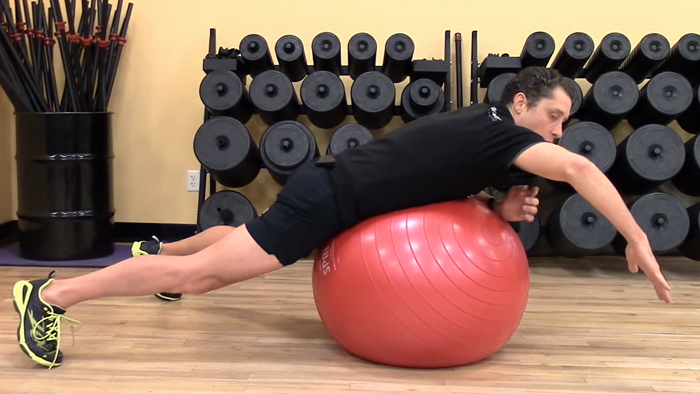
Credit: www.trainingpeaks.com
The Importance Of Strength Training In Swimming
Strength training helps swimmers move faster through water. Muscles become stronger and more powerful. Swimmers can improve their strokes and reduce drag. Better strength means better endurance in the pool. Swimmers can maintain their speed for a longer time. This results in better race times and more wins.
Strength training helps prevent injuries in swimmers. Strong muscles protect joints and reduce stress. Swimmers can train longer without getting hurt. Staying injury-free means a longer career in swimming. Strong bodies recover faster from tough workouts. This leads to more consistent training and better progress over time.
Anatomy Of A Swimmer: Key Muscle Groups
The upper body is vital for swimming. Shoulders help in powerful strokes. Latissimus dorsi muscles pull the arms back. Biceps and triceps extend and contract the arms. Pectoral muscles assist in pushing water. A strong upper body ensures faster swimming.
The core keeps the body stable in water. Abdominal muscles help maintain a streamlined position. Obliques assist in rotating the torso. A strong core reduces drag. This makes swimming more efficient. Good core stability also prevents injuries.
Leg muscles provide the kick power. Quadriceps extend the legs. Hamstrings contract to pull the legs back. Calf muscles help in the flutter kick. Strong legs increase speed. Powerful kicks save energy. Good lower body strength is crucial.
Getting Started With Strength Training
Start by checking your current fitness level. This helps you know where to begin. You can do simple tests like a push-up test. Count how many push-ups you can do in a row. You can also check your flexibility by touching your toes. It’s important to know your strengths and weaknesses. This will help you make a good plan.
Set realistic strength goals to keep you motivated. Aim for small improvements each week. For example, try to do one more push-up each week. Or lift a little more weight. Make sure your goals are specific and clear. Write them down and check your progress. Always remember, slow and steady wins the race.
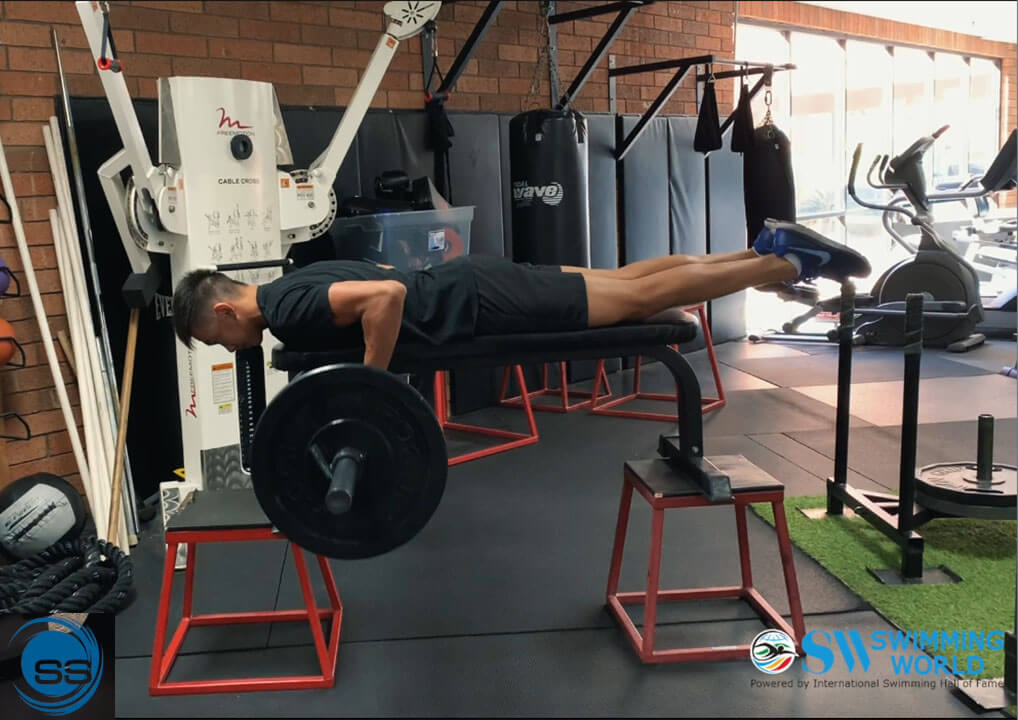
Credit: www.swimmingworldmagazine.com
Designing A Swim-specific Strength Program
Swimmers should train for strength 2-3 times per week. Each session should last about 45-60 minutes. This schedule allows muscles to recover. It also helps avoid overtraining. Consistency is key for progress. Training too often can lead to injury.
Strength training should complement swim practices. Avoid scheduling strength sessions right before intense swim practices. This can lead to fatigue. Try to have strength sessions on rest days or lighter swim days. Balance ensures both strength and swimming improve.
Essential Strength Exercises For Swimmers
Push-ups help build upper body strength. Planks improve core stability. Squats strengthen your legs. Lunges enhance balance and power. Pull-ups boost back and shoulder muscles. Medicine ball slams increase explosive power. Resistance band exercises target specific muscle groups.
Deadlifts enhance overall body strength. Bench presses build chest and arm muscles. Lat pulldowns target the back. Leg presses strengthen the legs. Shoulder presses improve shoulder power. Bicep curls increase arm strength. Tricep extensions boost arm endurance.
Incorporating Resistance Training In The Pool
Drag suits add extra resistance in the water. This makes your muscles work harder. Paddles increase the surface area of your hands. This helps build upper body strength. Both tools enhance your swimming power and endurance.
Swim cords are elastic bands you attach to a poolside anchor. They provide resistance as you swim away from the anchor. This builds both strength and speed. Bands can also be used for dryland exercises. They target specific muscle groups essential for swimming. Both tools are versatile and effective.
Monitoring Progress And Adjusting Workouts
Keep a log of your workouts. Write down the weights you lift. Note your swim times after each session. Compare your results weekly. See if you are lifting more or swimming faster. Use this data to understand your progress. Celebrate small wins along the way.
Increase training when you notice fewer gains. Your body might need a new challenge. Add more weights or swim laps. Scale back if you feel tired or sore. Rest is important for recovery. Listen to your body. Adjust your workouts to stay strong and healthy.
Nutrition And Recovery For Swimmers
Eating the right foods helps muscles grow and repair. Protein is very important for muscle strength. Foods like chicken, fish, and beans are great. Carbohydrates give energy for swimming. Whole grains, fruits, and vegetables are good choices. Healthy fats help too. Avocados, nuts, and seeds are great options. Hydration is crucial. Drink plenty of water every day. Avoid sugary drinks and sodas.
Rest days are very important for swimmers. Muscles need time to recover. Sleep is also very important. Aim for 8-10 hours of sleep each night. Good sleep helps muscles repair and grow. Overtraining can lead to injuries. Balance training with rest for the best results. Listen to your body and take breaks when needed.
Common Pitfalls To Avoid In Strength Training
Overtraining can lead to serious problems. It can cause injuries and fatigue. Swimmers need rest to recover. Without rest, muscles can’t grow stronger. Overtraining makes swimmers slower. It harms their performance in the pool. Listen to your body. Rest days are important. Always include them in your training plan.
Both strength and flexibility are crucial. Strong muscles help you swim faster. Flexible muscles prevent injuries. Stretching exercises are just as important. Do them regularly. Yoga can help improve flexibility. Don’t skip it. Balance your workouts. Mix strength and flexibility exercises.
Success Stories: Strength Training Transformations
Elite swimmers have seen amazing results with strength training. One swimmer, Sarah, increased her speed by 20%. She focused on core exercises and leg strength. Another swimmer, John, improved his endurance. He added weightlifting to his routine. Both swimmers now compete at higher levels. Their stories inspire others to start strength training.
Many amateur swimmers also benefit from strength training. Jane, a beginner, saw her lap times drop. She worked on her upper body strength. Mike, another amateur, felt stronger in the water. He practiced with resistance bands. Both Jane and Mike enjoy swimming more now. Their confidence has grown.

Credit: swimswam.com
Frequently Asked Questions
How To Strength Train As A Swimmer?
To strength train as a swimmer, focus on compound exercises like squats, deadlifts, and pull-ups. Incorporate resistance bands and medicine balls. Prioritize core stability workouts. Train 2-3 times a week.
What Exercises Can I Do To Improve My Swimming?
To improve swimming, practice freestyle, backstroke, breaststroke, and butterfly. Focus on core exercises like planks and leg raises. Incorporate strength training, such as push-ups and pull-ups. Swim drills and interval training enhance technique and endurance.
How Many Days A Week Should A Swimmer Lift?
Swimmers should lift weights 2-3 times a week. This helps build strength and prevent injuries. Balance lifting with swim training.
How To Increase Resistance In Swimming?
Increase resistance in swimming by using drag suits or resistance bands. Incorporate strength training exercises. Swim against currents or in open water. Practice interval training for endurance.
What Are The Benefits Of Strength Training For Swimming?
Strength training improves endurance, power, and overall swimming performance by building muscle and enhancing cardiovascular fitness.
How Often Should Swimmers Do Strength Training?
Swimmers should aim for strength training 2-3 times per week to see significant improvements in their performance.
Which Muscles Are Important For Swimmers?
Key muscles include the shoulders, back, core, and legs. Strengthening these muscles enhances swimming efficiency and speed.
What Exercises Are Best For Swimmers?
Exercises like pull-ups, squats, planks, and resistance band workouts target essential swimming muscles and improve overall strength.
Can Strength Training Prevent Swimming Injuries?
Yes, strength training stabilizes muscles and joints, reducing the risk of overuse injuries common in swimmers.
Should Swimmers Lift Heavy Weights?
Swimmers should focus on moderate weights with high repetitions to build endurance and avoid excessive muscle bulk.
Conclusion
Strength training boosts swimming performance and prevents injuries. By incorporating tailored exercises, swimmers enhance endurance and power. Regular strength workouts lead to improved stroke efficiency. Make strength training a key part of your routine. This will help you achieve better results in the pool.
Start today and see the difference.

